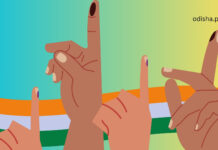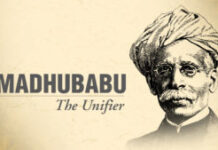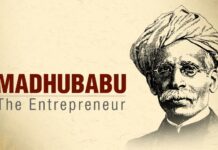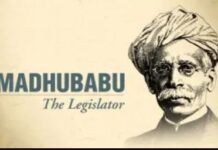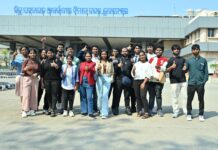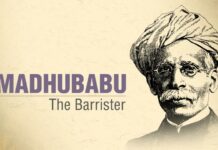Sutanu Guru
In cases of mob violence anywhere in India, both Muslim & Hindu communities experience loss of life & property
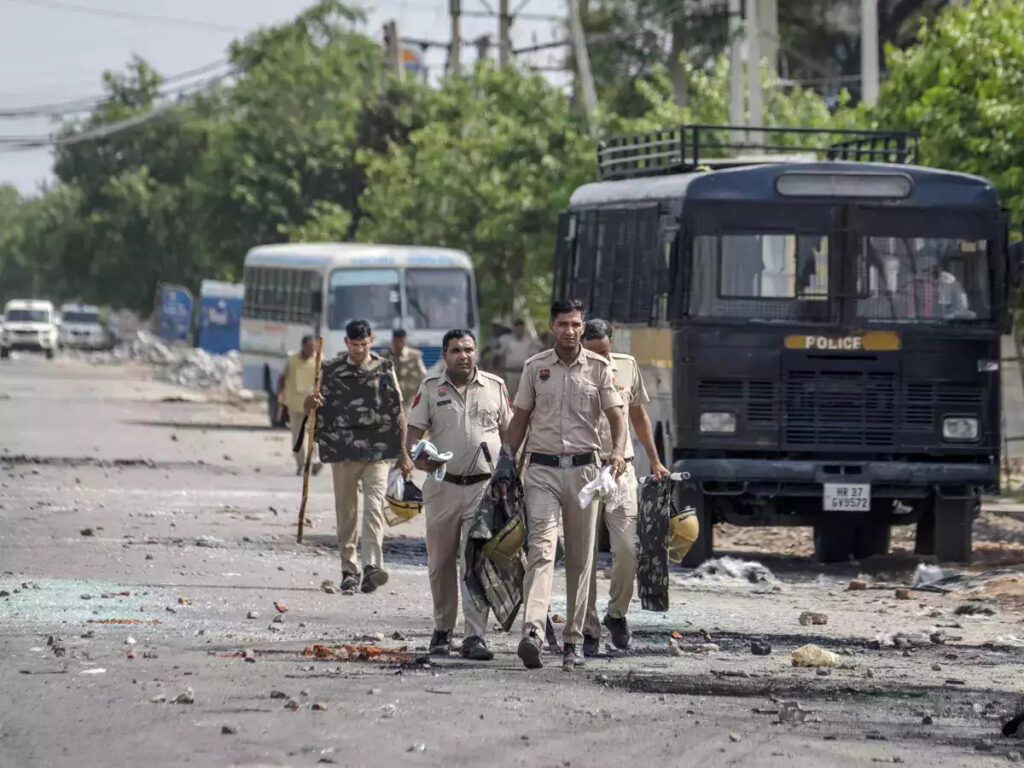
Not very far away from India’s capital Delhi is a place called Nuh which is in the Mewat district of Haryana. It is the poorest and most backward district in the state; it is also the hub of cyber-crime. It also happens to have a significant majority of Muslims. Unlike the delusional dirges of liberals and intellectuals, it has never been an island of communal harmony and amity.
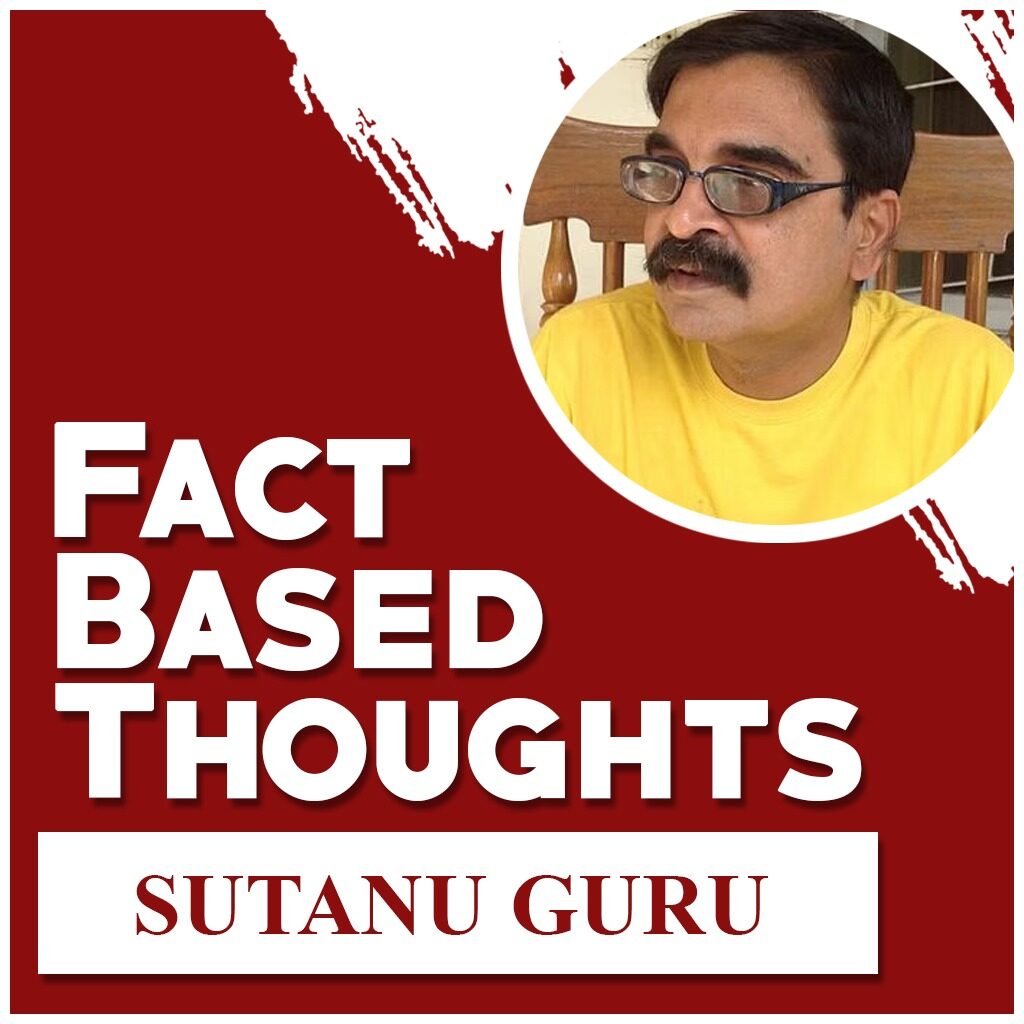
Hindutva forces and cow vigilantes have repeatedly clashed with alleged cattle smugglers from the region. Montu Manesar is one such cow vigilante and an unabashed Hindutva extremist who has been accused of killing two Mewat Muslims suspected of cow smuggling in Rajasthan. There is a murder FIR against him filed by Rajasthan police and he is yet to be arrested.
Not surprisingly, Muslims of Mewat are not very fond of him. When he posted on social media that he will join a religious procession of Hindus that passes through Nuh every year, communal tensions flared up with competitive hate speech and incendiary remarks against the other community by both Hindus and Muslims. Trouble was, in a way, inevitable and it happened as riots in Nuh and nearby places that includes the commercial hub Gurugram have left at least seven dead and tens of crores of property damaged.
Riots are not new in India. For aeons, they have followed a distressingly similar pattern. Muslims get offended or angry over something. A section of extremists among them attacks Hindus, sometimes resulting in deaths. This then triggers retaliatory violence by extremist Hindus and unless the police takes prompt and firm action (which it often fails to), a disproportionately large number of Muslims get killed.
The pattern has been repeated in almost every major riot in India since 1947. The narrative too has been distressingly similar. Liberals and intellectuals who dominate discourse have traditionally singled out “fascist” Sangh Parivar outfits as perpetrators of pogroms and genocide against Muslims in India who lead insecure and discriminated lives.
I was expecting a repeat of all that after communal violence broke out in Nuh and spread to nearby places. Yet, I was appalled by the demonic and almost evil double standards of liberals. Social media was awash with stories, pictures and videos of Muslims being attacked and forced to flee Gurugram.
Most of the stories were correct. But in the first two days or so after the riots broke out, only fleeting references were made over “angry Muslim mobs” and Bajrang Dal activists armed with sticks and swords clashing with each other amidst provocative slogans. The narrative sounded familiar: extremist Hindutva elements deliberately displayed weapons and made provocative slogans in “Muslim” areas which angered the locals who then pelted stones. Montu Manesar was picked out as the main culprit behind the clashes and violence.
But the Montu Manesar is the arch villain theory became a pathetic fig leaf when the gory details of the violence emerged. Let’s say Manesar is an extremist Hindutva fanatic, an alleged murderer and even a monster. How does that result in Muslim mobs using roof and hill tops to systematically fire at devotees that include elderly women and children using sophisticated weapons?
It is stupid to say the violence was sudden as stones ad firearms were strategically collected and placed for use over days. How does Montu Manesar anger Muslims so much that a boy rams a bus into the cyber-crime police station in Nuh and virtually burns it down? How does it explain the bludgeoning to death of two home guards by a Muslim mob?
How does it explain a mob of about 200 attacking the vehicle of additional chief judicial magistrate Anjali Jain who was coming from the hospital with her three year old daughter? They had a miraculous escape hiding in a Haryana Roadways workshop in Nuh even as the car was burnt and destroyed by the mob?
There has been ghastly retaliatory violence by Hindu mobs. But mercifully, the death toll has not spiralled. Since Nuh is close to Delhi, the attack on a Hindu procession where any devotees and police personnel were injured is getting a lot of reaction. But folks living in Odisha would know how exactly the same thing happened in the town of Sambalpur in April where a religious procession of Hindus was attacked by a Muslim mob.
This year, Ram Navami processions have been attacked by Muslim mobs in dozens of places across India with many dead and injured. The standard response of liberals is: why do “fascist” Hindutva elements have to go through “Muslim” areas and chant provocative slogans? The chilling conclusion is: India has been partitioned again as “Muslim” areas become independent republics.
The fact is: both the Hindu and Muslim communities have extremist and violent elements who thrive on hatred and prejudice. The fact is: a disproportionate number of Muslims usually become victim during a communal riot. But they are not saints cowering in fear as majoritarian Hindus rampage against them. They share the blame with Hindus. It is just that liberals inexplicably give a free pass to Islamist extremists while slamming Hindutva extremists.
Pictures tell powerful stories, especially if they are spread by celebrities. Rajdeep Sardesai is one of the most influential journalists in India with millions of followers on Twitter. A few days after the violence, he posted the photo of a Muslim man in Gurugram looking at his shop that was destroyed by a Hindu mob. Dozens of similar photos and videos of Hindus forlornly looking at their shops destroyed by Muslim mobs are also circulating. But such is the instinctive nature of liberals that Sardesai chose to pick out only the Muslim victim to showcase.
I agree with liberals when they say sections of Hindutva extremists are spreading hate against Muslims. But I refuse to buy their nonsense that Muslims are solely victims.
(Author has been a media professional for over 3 decades. He is now Executive Director, C Voter Foundation. Views are Personal)

